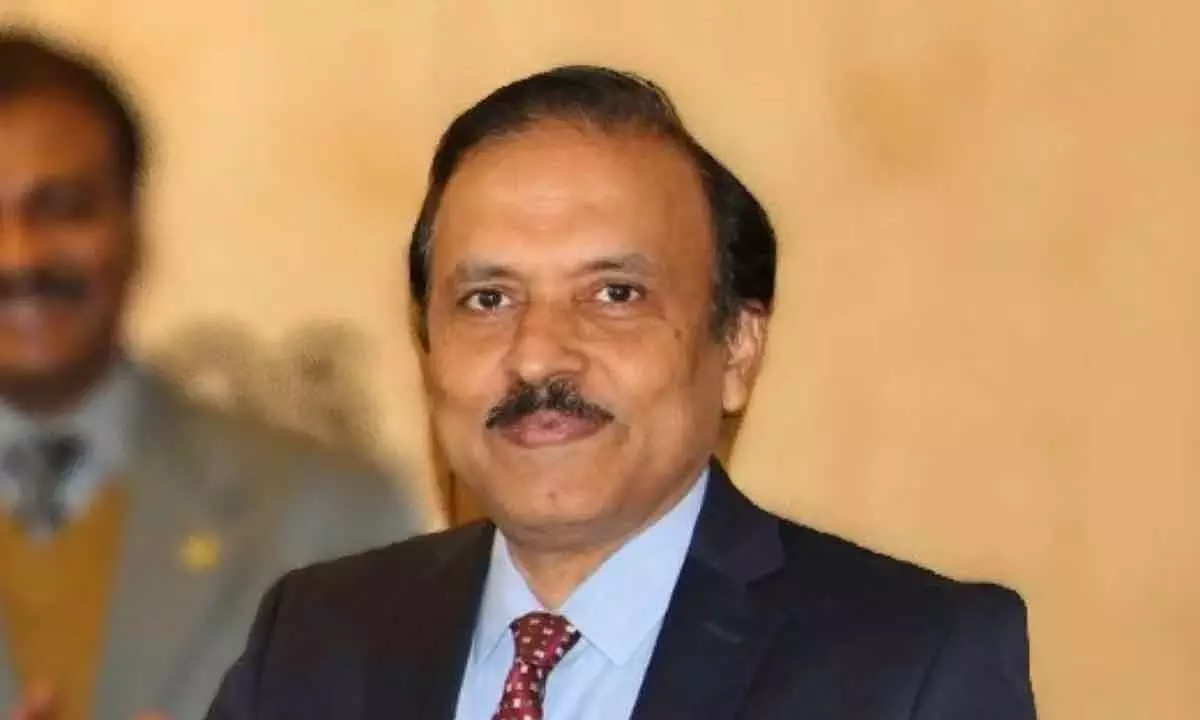Indian space mission exploring new frontiers
Several nations will have permanent colonies on Mars and we should prove that we are also ready with our technologies that are on par with them: VSSC Director
image for illustrative purpose

Noting that the launch vehicles for missions like Aditya, Chandrayaan-1,2 and 3, Gaganyaan were made at VSSC, Nair added that the it is preparing the submersible spherical vessel, which goes to 5,000 metre depth for the ambitious "Samudrayaan" project, the country’s first manned deep ocean mission to study the deep ocean resources such as metals, minerals, and biodiversity.
At a time when many countries aim to have habitations in Mars, further bolstering India's space mission by scaling up technological capability is vital to achieve higher goals, opined Dr. S. Unnikrishnan Nair, Director at Vikram Sarabhai Space Centre (VSSC).
"Several nations will have permanent colonies on Mars and we should prove that we are also ready with our technologies that are on par with them," Nair said while delivering the Sir C.V. Raman Lecture, organised recently by the Rajiv Gandhi Centre for Biotechnology (RGCB) marking the birth anniversary of the Nobel Prize-winning physicist.
"Now, NASA and space missions of other top countries are keen to have more engagement with the Indian Space Research Organisation (ISRO), which is now an integral and it is part of the Artemis programme of NASA," he added.
Noting that the launch vehicles for missions like Aditya, Chandrayaan-1,2 and 3, Gaganyaan were made at VSSC, Nair added that the it is preparing the submersible spherical vessel, which goes to 5,000 metre depth for the ambitious "Samudrayaan" project, the country’s first manned deep ocean mission to study the deep ocean resources such as metals, minerals, and biodiversity. He further pointed out that VSSC is also working on how technologies can be delivered for space tourism since more private agencies have evinced interest in space tourism and space mining.
"Moon is not a friendly place as it has no atmosphere, besides getting bombarded by meteoroids; resulting in forming a surface with loose soil. Mars is a promising planet as it has a very thin atmosphere (one hundredth of earth) and the day and night span is 24 hours. It has got a hilly terrain and a semblance to earth,” said Nair. Elaborating on the challenges in space mission, the VSSC Director said surviving the zero gravity and radiation condition, dealing with biological rhythm, weightlessness and psychological issues are crucial.
So far 552 men and 72 women have gone to space and technology along with training facilities have to be updated to identify and train more people.
On the scenario beyond 2035, Nair said ‘there will be a follow-up mission on Gaganyaan, activities like how to conduct space tests, how to make large capability vehicle that can go to moon, how to bring back samples from Moon and how we can have our own space station.’
He added that like any other technology, bioastronautics has huge scope in space programmes as it can explore how life will evolve in space and the medicines that are needed to go about that.

